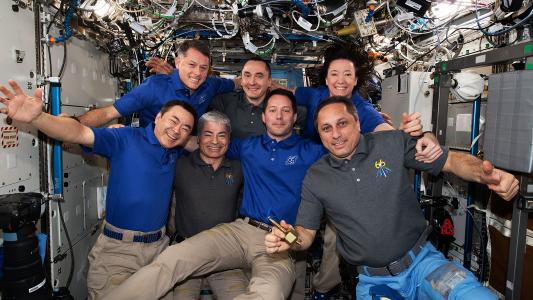A U.K. filmmaker has created a stunning time lapse of the surface of the sun by stringing together thousands of high-res images captured by a NASA spacecraft.
The photographer: Since its launch in 2010, NASA’s Solar Dynamics Observatory (SDO) has taken hundreds of images of our sun in 10 different wavelengths of light, all so scientists could get a better understanding of the star.
“What SDO has done is given us the ecology of the sun,” Dean Pesnell, SDO project scientist at NASA Goddard, said in June. “We see events big, we see events small, and now we start to see how each size affects the others. It’s giving us the big picture, one detail at a time.”
The filmmaker: Using 78,846 of those images that were collected in August 2014, filmmaker Seán Doran has now created a time-lapse video showing how the surface of the sun changes over the course of one month.
Each image had to be “repaired, processed, and rescaled,” according to Doran’s description of the clip on YouTube, before he strung them together like a celestial flip book depicting the wealth of activity happening across the surface of the sun.
“It’s giving us the big picture, one detail at a time.”
Dean Pesnell
So, what are we seeing? The arcs rising and falling from the surface of the sun in the video are hot plasma trapped in magnetic fields called “coronal loops.” These loops can be more than 6,000 miles wide, and while many are short-lived, some last for days or weeks.
The places where the arcs start and end are often sunspots, which are the source of many solar flares and coronal mass ejections.
Those are important because they can damage communications satellites and cause power outages here on Earth — but while NASA uses the SDO data to learn more about those disruptive activities, you can just enjoy them from a visual perspective in Doran’s new video.
We’d love to hear from you! If you have a comment about this article or if you have a tip for a future Freethink story, please email us at [email protected].






